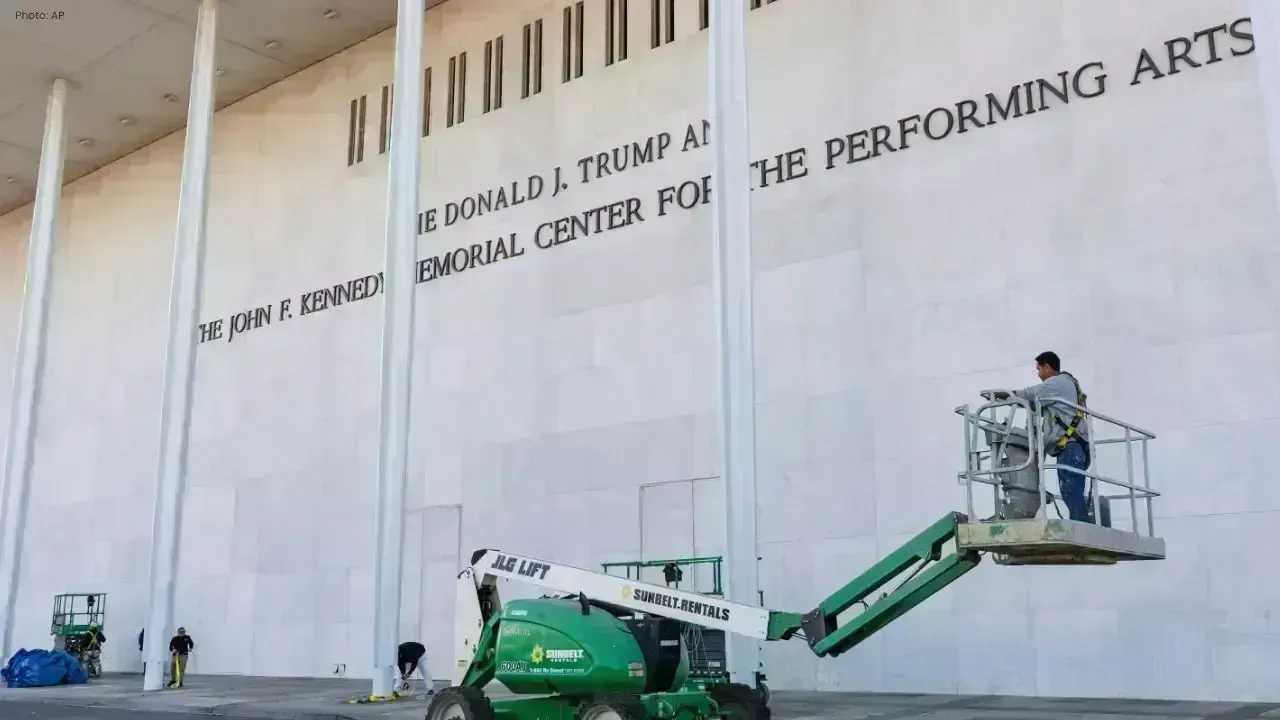You have not yet added any article to your bookmarks!

Join 10k+ people to get notified about new posts, news and tips.
Do not worry we don't spam!

Post by : Anis Farhan
For over a century, the US dollar has been the world’s dominant currency—backing 88% of global foreign exchange transactions, anchoring oil trade, and forming the backbone of reserve holdings in central banks. But in 2025, calls for “de-dollarization” are growing louder than ever.
Led by China, Russia, and the expanded BRICS+ alliance, countries are exploring bilateral trade in local currencies, creating alternative payment systems like CIPS (China) and SPFS (Russia), and even proposing a common BRICS reserve currency pegged to a basket of member currencies and commodities.
At first glance, these moves signal a global shift away from dollar dependence. But beneath the headlines, the reality is far more complex. De-dollarization is not a sudden collapse, but rather a slow diversification—driven as much by geopolitical calculus as economic necessity.
There are five key drivers:
US Sanctions Weaponization: Over 12,000 global sanctions—many tied to SWIFT access and USD clearing—have pushed countries like Iran, Venezuela, and Russia to seek workarounds.
Geopolitical Polarization: US-China tensions, the Ukraine war, and Middle East realignments are encouraging bloc-based trade systems, decoupled from Western financial infrastructure.
Financial Sovereignty: Countries want insulation from Fed interest rate hikes, which can export inflation or capital flight to emerging economies.
Currency Risk Hedging: Diversifying away from USD can reduce exposure to dollar volatility, especially during banking crises or debt ceiling standoffs.
Digital Currency Aspirations: Central banks from China to Nigeria are launching CBDCs (Central Bank Digital Currencies) as future trade settlement tools.
At the 2024 BRICS Summit in Johannesburg, the alliance welcomed Saudi Arabia, UAE, Iran, Argentina, and Egypt, transforming into BRICS+—a collective that now controls over 40% of global oil production and 30% of global GDP (PPP terms).
The idea of a BRICS reserve currency, tentatively named the “R5” (referencing the five original BRICS currencies), gained traction. Proposed to be backed by gold, rare earths, and energy commodities, this currency would settle oil, gas, and commodity trades outside the USD ecosystem.
Russia, for instance, has already shifted 60% of its bilateral trade with China to rubles and yuan. India is settling energy deals with the UAE in rupees. Brazil has signed yuan-clearing agreements with Chinese banks. These aren’t just theoretical steps—they’re real, regional de-dollarization in motion.
Yet, none of these systems are truly global. And none are yet trusted as safe stores of value.
Despite these moves, the US dollar still dominates 59% of global foreign reserves, and 70% of global debt is dollar-denominated. Several barriers to full de-dollarization persist:
Trust and Stability: The US financial system, despite its flaws, remains transparent and legally enforceable. Investors still see Treasuries as the safest asset.
Depth of Dollar Markets: The sheer liquidity of USD-denominated instruments is unmatched. Yuan bond markets, by contrast, remain shallow and highly regulated.
Capital Controls: China, the main challenger, still imposes strict capital account controls—limiting international use of the yuan as a free-floating global currency.
Political Risk: BRICS+ members often face domestic instability or autocratic governance, undermining confidence in any shared monetary framework.
Network Effects: The dollar’s entrenchment in trade invoicing, banking software, and commodity markets creates inertia that is hard to undo.
If traditional currencies can’t unseat the dollar, technology might.
China’s e-CNY (digital yuan) is already being trialed in cross-border trade via mBridge—a multi-CBDC corridor project between Hong Kong, Thailand, UAE, and China. Russia’s digital ruble is in pilot. The UAE and Saudi Arabia are testing digital dinar protocols for intra-Gulf payments.
Meanwhile, blockchain-based platforms like RippleNet and Stellar are gaining quiet traction among smaller banks seeking low-fee international transfers.
While CBDCs won’t replace the dollar overnight, they represent the infrastructure of the next financial era—one where trust may be encoded, not just enforced by a single government.
Rather than a replacement, the world is witnessing a rebalancing. Dollar usage is declining at the margins, especially in South-South trade, commodity settlements, and bilateral defense or energy agreements.
Some trends worth watching:
Africa is exploring local currency settlements via Afreximbank’s PAPSS system
ASEAN nations, led by Indonesia and Malaysia, are promoting QR-code based local currency payments
Latin America, through CELAC, is revisiting ideas of a regional digital currency to sidestep dollar-denominated IMF debts
In sum: de-dollarization is real—but fragmented, partial, and uneven.
The dollar may not collapse—but its exclusive dominance is over.
For multinational corporations, this means more multi-currency risk exposure. For emerging markets, it offers room to maneuver and price goods in local terms. For policymakers, it raises the stakes of currency credibility and monetary discipline.
For the US, the shift demands humility. Weaponizing the dollar may yield short-term wins, but could accelerate long-term disengagement. Even allies are now questioning whether overreliance on USD settlements exposes them to political volatility.
In this emerging world, financial multipolarity may be less efficient—but more equitable.
This article is for editorial and informational purposes only. It does not offer financial, investment, or legal advice. All data and analysis reflect conditions as of July 2025 and may evolve with future geopolitical or market developments.










Akshaye Khanna exits Drishyam 3; Jaideep Ahlawat steps in fast
Producer confirms Jaideep Ahlawat replaces Akshaye Khanna in Drishyam 3 after actor’s sudden exit ov

Kapil Sharma’s Kis Kisko Pyaar Karoon 2 to Re-release in January 2026
After limited screens affected its run, Kapil Sharma’s comedy film Kis Kisko Pyaar Karoon 2 will ret

Hrithik Roshan and Saba Azad Celebrate Christmas at Family Party
Hrithik Roshan and Saba Azad celebrated Christmas at Sussanne Khan’s party, sharing happy moments wi

China Sanctions 20 US Defense Firms Over Taiwan Arms Sales Dispute
China imposes sanctions on 20 US defense companies and 10 executives for supplying arms to Taiwan, e

Salman Khan’s Grand 60th Birthday Bash at Panvel Farmhouse Shines Bright
Salman Khan celebrates his 60th birthday with a grand party at Panvel farmhouse, sharing joyful mome

Thailand Defence Minister Joins Talks to End Deadly Border Clash
Thailand’s defence chief will join talks with Cambodia as border clashes stretch into a third week,